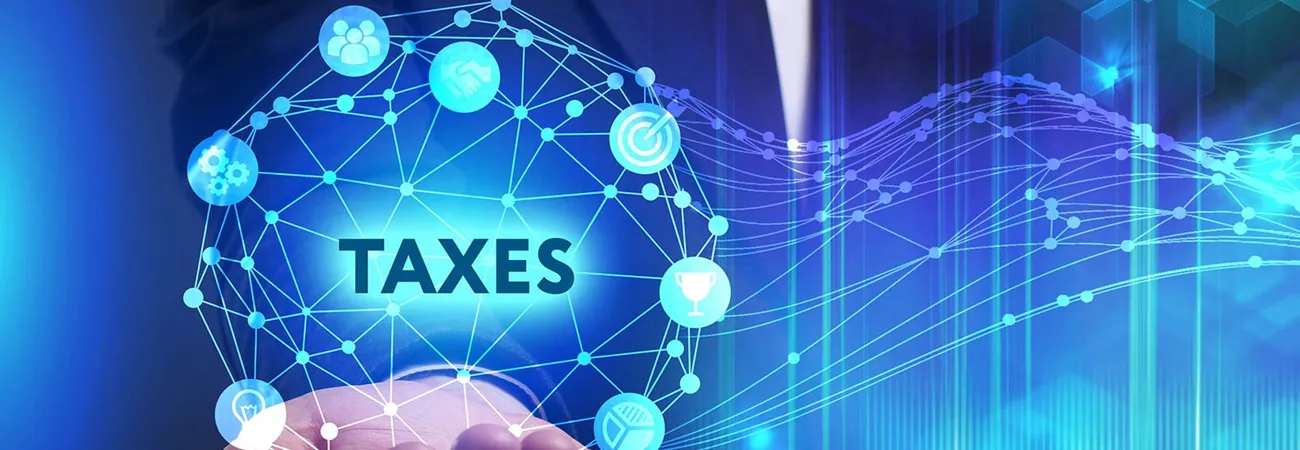i ECONOMY
The caretaker finance minister has emphasised the importance of modern technology in digitising the national economy to maximise revenue collection. Dr Shamshad Akhtar said enhancing tax collection through technology and increasing the tax-to-GDP ratio is the topmost priority of the government. She said that the Federal Board of Revenue (FBR) has been asked to work on a war footing to address the issue of the tax gap and use all available resources for achieving this. Talking to WealthPK, M Farooq, Finance Manager at the Ministry of Information Technology and Telecommunication, said: “The transformation has progressed increasingly rapidly over the past decade, as the cost of digital technologies has plunged and powerful tools to develop applications have become more user-friendly. One example of the falling cost is the Cloud storage, which is now over 50% cheaper than it was a few years ago.
Digital transformation is also being driven by the rapid growth of e-commerce, which is projected to expand 24% from 2020 to 2025, making it an increasingly important part of the tax base. The increasing use of cashless payments through mobile phones and other devices is also powering the change. Such payments can be easily reviewed by tax administrations and often leave a digital trail that can be audited.” He said that digitalisation has made life easier for authorities by easing the administrative burden, giving officials more time to focus on higher-value activities. “It also allows authorities to simplify procedures and reduce the compliance burden on taxpayers. Research shows that in South Korea, for example, digitalisation has reduced compliance costs by as much as 19% in the 2011-2016 period.”
Farooq pointed out that the emphasis placed by the government on utilising modern technology to bolster tax collection and digitise the national economy is a commendable step toward achieving financial transparency and economic growth. “This move aligns with global trends in taxation and economic management, where digitalisation has become an essential tool for governments to ensure efficient tax administration and revenue optimisation.” He added that using technology for tax collection can help shrink the tax gap. Tax authorities can use data from different sources, such as provincial and state-owned businesses, to find out where people or companies might be dodging taxes and catch those who have escaped the tax net so far. “This data-driven approach enables a more targeted and effective strategy for closing the tax gap,” he said.
Credit: Independent News Pakistan (INP)









